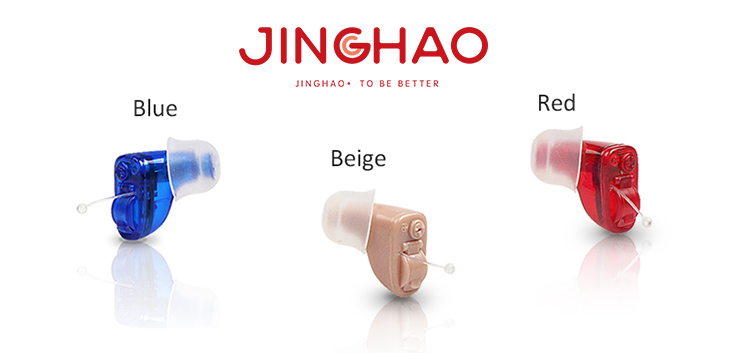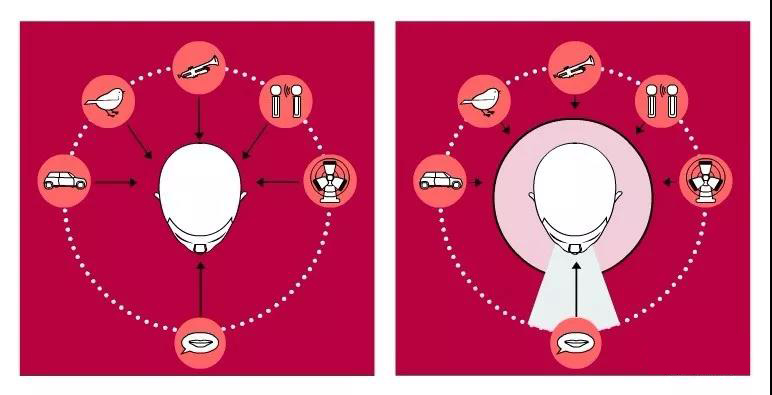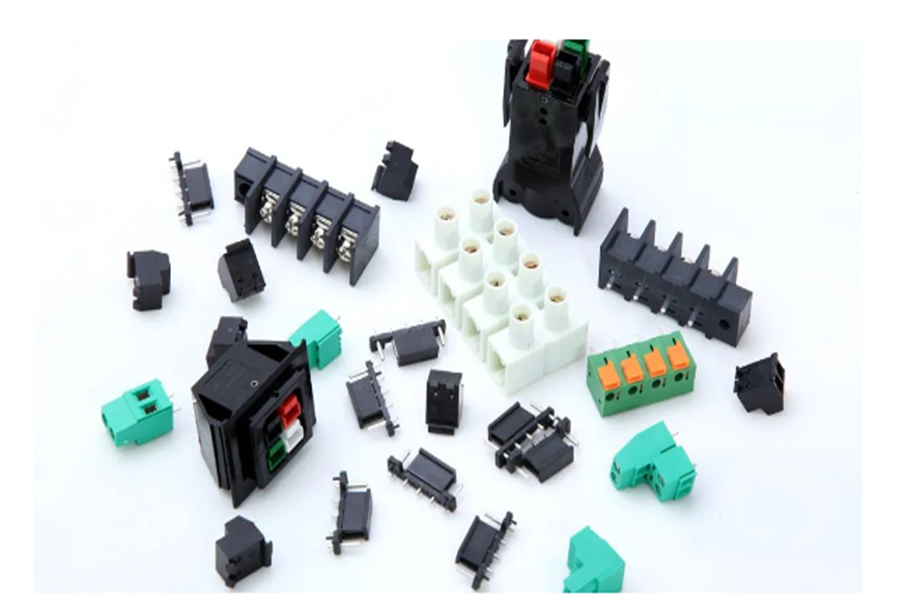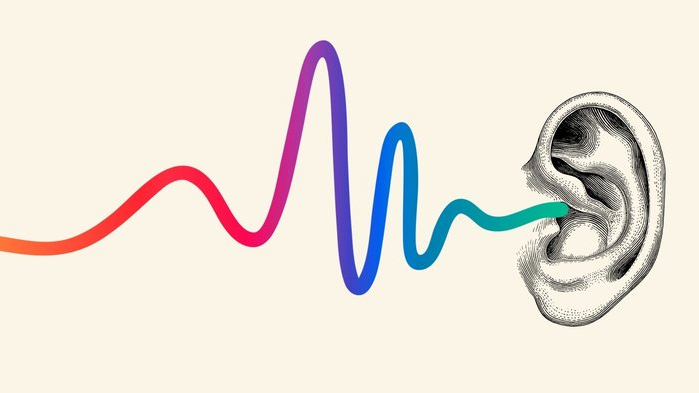
For people, all the sounds that you don’t want to hear can be called noise.These noises can interfere with you, so you can’t concentrate on listening and understanding the signals you want to hear.Background noise includes traffic noise, background music or live bands; reverberation, echoes produced by reflections in the room; voices, such as children playing or laughing, several people speaking at the same time, even having another person talking at the same time The signal you want to hear.
Many new users have a hearing aid and feel more relaxed, but often complain that they can’t hear clearly in noisy environments.In the first few weeks of wearing a hearing aid, new users are particularly troubled by background noise.This is because you may not have heard the noise of everyday life for many years, such as the harsh brakes, the slamming dish collision, and the rustling book.Most users who wear hearing aids for a long time will tell you that it is very challenging to hear a sudden sound, but the ability to endure these noises will become stronger over time.Remember, you haven’t heard so much background noise for a long time since you gradually lost your hearing.
Experienced hearing aid users will be different, and the background noise will interfere with you in the following two situations.The first case is when the background noise is louder than the signal you want to hear, and you won’t be able to hear it.The second case is that background noise distracts you from the fact that you can’t hear the signal you want to hear.Although there is currently no way to completely solve the background noise problem, the following methods can effectively mitigate the effects of background noise.
Binaural hearing aid
There are many advantages to binaural hearing aids, including better listening to the sound on both sides, enhanced binaural listening loudness, and more accurate sound source positioning.More importantly, the brain hears two sounds through the left and right ears, which produces a net noise effect, a fusion effect, and a contrast effect.For most people, wearing a hearing aid with both ears will greatly improve speech intelligibility in a noisy environment.To date, a large body of scientific evidence has shown that binaural hearing aids are better at recognizing speech in noisy environments.
Digital noise reduction technology
Digital hearing aids have grown rapidly over the past decade.Today’s digital hearing aids have a very advanced signal processing strategy.At present, advanced digital hearing aids can distinguish between speech and noise, and when noise is recognized, it can automatically reduce noise.Many users wearing new smart hearing aids report that they are comfortable to wear, the background noise seems to have disappeared, and the speech quality is better.Although useful, digital noise suppression is not perfect and does not completely remove all noise, such as speech noise.Research in this area continues, and we expect more advanced noise suppression technology to come out.
Directional microphone hearing aid
Currently, most hearing aids are equipped with directional microphone technology.Take a closer look at your hearing aid. If you have two microphone ports, the hearing aid has directional microphone technology.
What is directional technology?The directional technology works simultaneously with two microphones to better collect the sound in front and attenuate the sound on the side and rear.Corresponding to this is the “omnidirectional” microphone.Omnidirectionality refers to the sound of the hearing aid equal to the intensity of all directions before, after, left and right.Omnidirectionality requires only one microphone to work.Currently, most dual-microphone hearing aids can automatically switch from “omnidirectional” to “directional” with the environment.
The picture on the left is omnidirectional and all sounds are collected, causing interference.The picture on the right is directional, focusing on the front sound, attenuating the side rear noise, improving speech clarity
In most listening situations, the sound source we want to listen to comes from the front.And, for most people, about two-thirds of the listening scene is a noisy environment.Therefore, it is advantageous for the hearing aid wearer to better collect the sound in front of the hearing aid.Of course, directionality does not completely eliminate noise from the side or rear, which can attenuate by about 4 to 6 dB, improve signal-to-noise ratio, and improve speech intelligibility in noisy environments.
Link:What should I do if I can't hear the hearing aid in a noisy environment?
REF: Hearing Aids, Hearing aids China, BTE Hearing AidsThe article comes from the Internet. If there is any infringement, please contact service@jhhearingaids.com to delete it.










